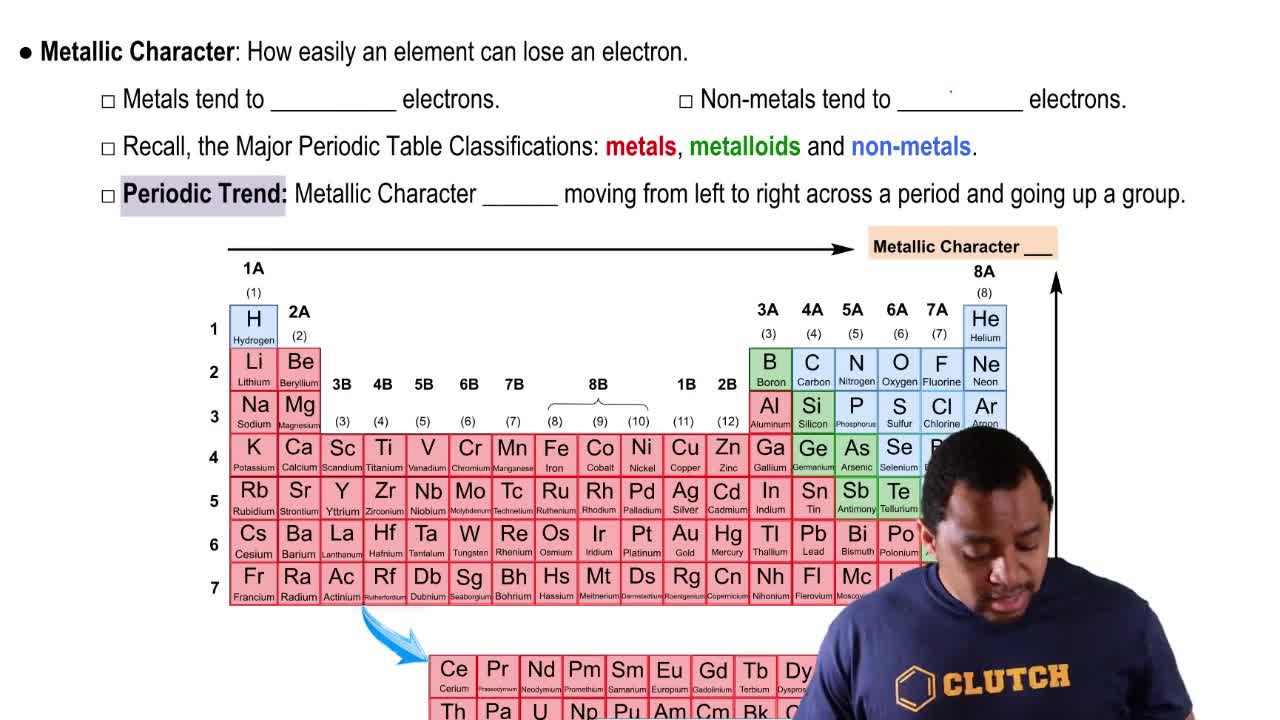Draw the condensed structural or line-angle formula for the alkene, aldehyde, or ketone product of each of the following reactions:
c.
 Verified step by step guidance
Verified step by step guidance Verified video answer for a similar problem:
Verified video answer for a similar problem:


 1:49m
1:49mMaster Alcohol Reactions: Oxidation Concept 1 with a bite sized video explanation from Jules
Start learning